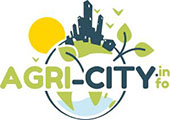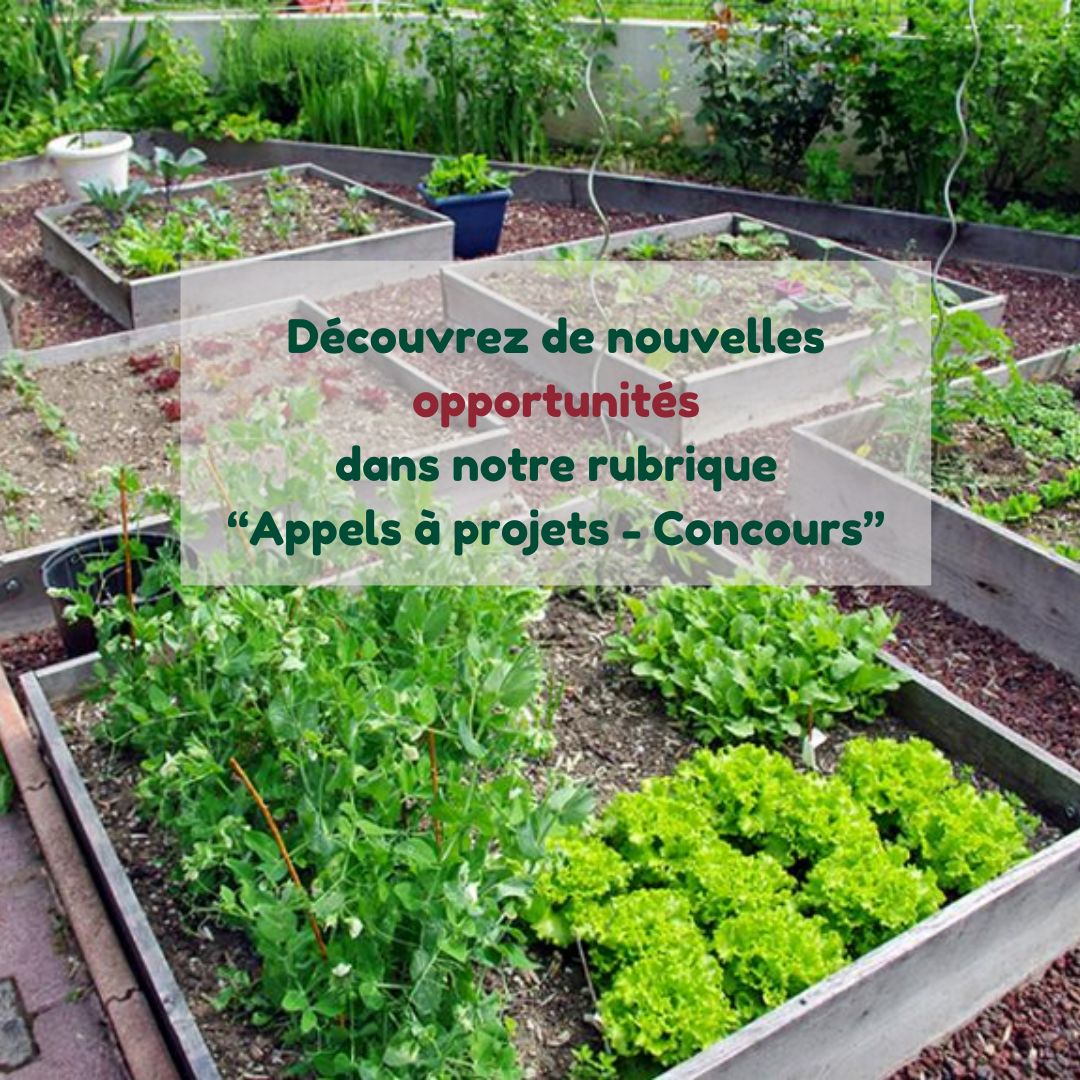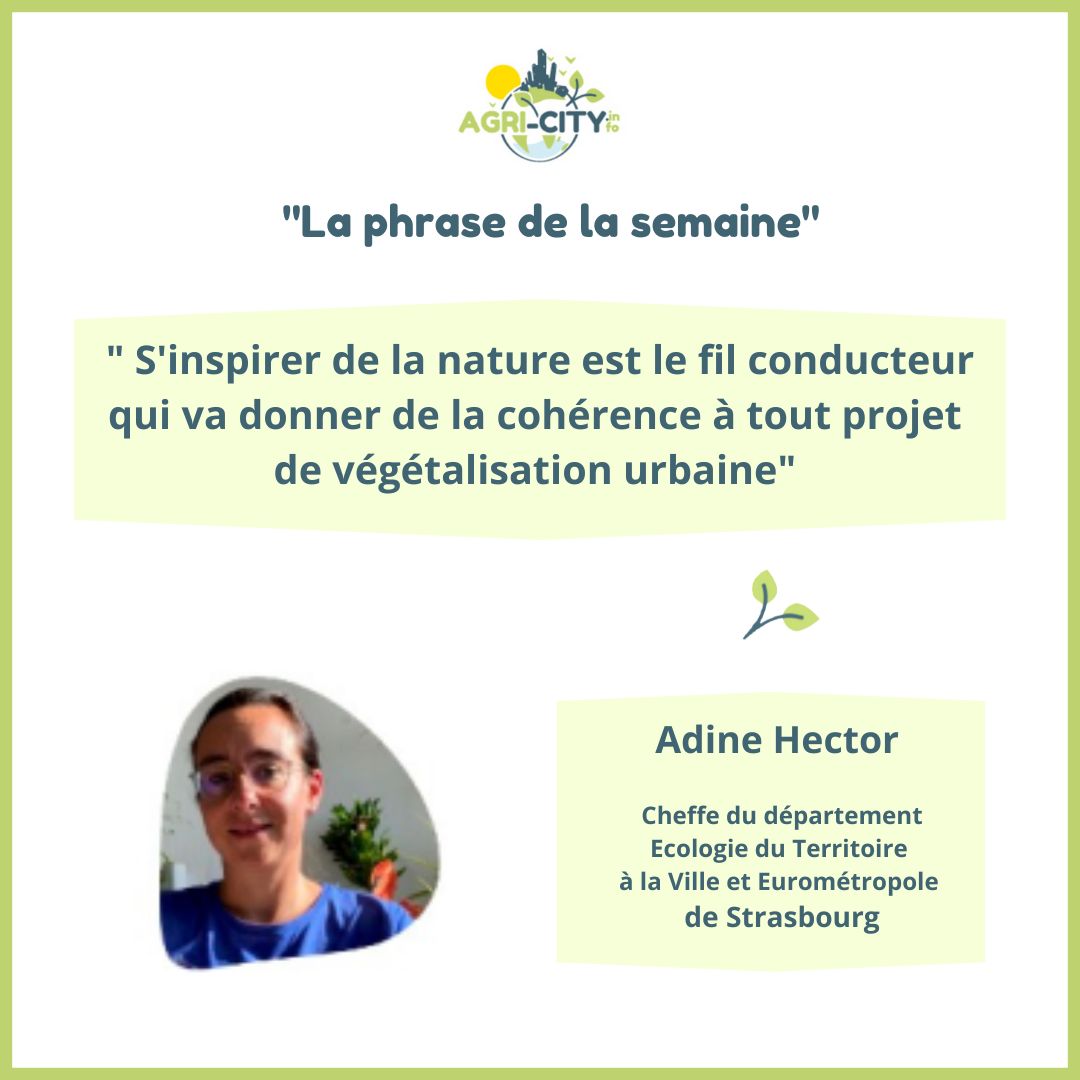Agri-city.info publishes the barometer of urban agriculture
There are only few figures on urban agriculture, either on the number of existing structures or on the economic models of farms. Yet this sector is blossoming... This barometer, which gathers figures on a French and global scale, is the result of our constant monitoring of this subject.
How do we define urban agriculture? For the French Economic, Social and Environmental Council - (CESE), it is "Any action controlling a vegetal or animal cycle taking place in an urban environment (on or inside buildings, basements or in open-ground in interstitial spaces) and creating links with the daily suburban and rural agriculture developing itself on the same life basin". This definition can be completed by the typology of the French Ministry of Agriculture, which categorizes it according to the different methods of cultivation and the dominant economic and social activity.
Trends in France
 The 244 structures referenced in the directory of urban agriculture professionals have enabled the agri-city.info team to identify trends in main activities, specialities, legal form, year of creation, location... They have enriched those highlighted by the few studies already published on the subject.
The 244 structures referenced in the directory of urban agriculture professionals have enabled the agri-city.info team to identify trends in main activities, specialities, legal form, year of creation, location... They have enriched those highlighted by the few studies already published on the subject.
For an insight on the figures we gathered : most urban agriculture structures are associations or firms, 44% cultivate in the ground, the others practice hydroponics, aeroponics or aquaponics. Amongst the urban farmers, 50% are less than 40 years old, with a high education, only 30% are producers whose main income comes from agricultural activity... Our figures are also based on the analysis of the "Quartiers fertiles" (ANRU) call for projects’ winners. Amongst those, more than 65% of vegetables and nearly 50% of small fruits are produced, the other productions being far behind.

An in-depth study of how large French cities approach this subject reveals how increasingly interested in it they are, and thus how much they are investing. The Greater Paris metropolis, with only one farm for every 74,000 inhabitants (compared to an average of 1 for every 128 in France), is now actively working to bring agriculture back to its territory. It is also the case for cities such as Lyon, Bordeaux, Marseille, Rennes, Lille and Nantes. All of them have agricultural land and farms on their territory and are acting to ensure that this production is preserved, increased and above all intended for their inhabitants.
Trends in the world
According to the Food and Agriculture Organization of the United Nations (FAO), urban agriculture is practiced by 800 million people in the world, producing about 15% of the world's food, with more than 40 different types of urban agricultural activities. While in the South, urban agriculture is mostly family-based and food-oriented, in the North, it takes various forms. Amongst these, vertical farms stand out for their ability to raise funds, some of which amount to several tens of millions of dollars, and even hundreds for the largest...
In 2021, the city had 1600 community gardens and urban farms involving 23,000 people. This is also the case of Montreal in Canada, a pioneer in urban agriculture programs (first community garden program in 1975, first commercial urban farm in 1998...) and which has just adopted its urban agriculture strategy 2021-2026. But Seoul and Singapore also have something to say













